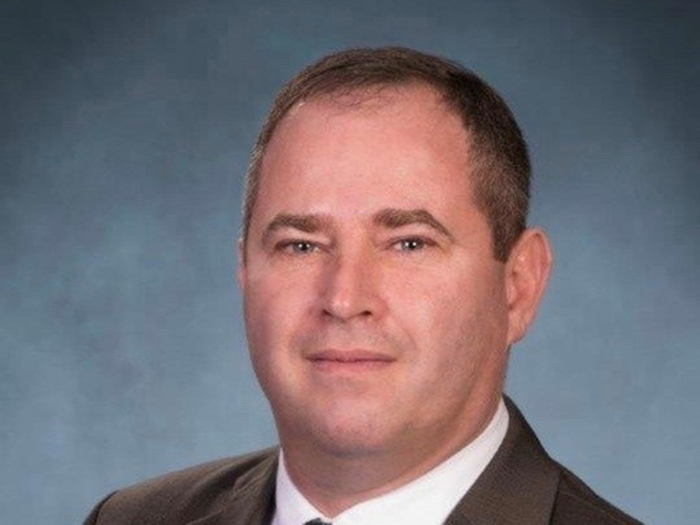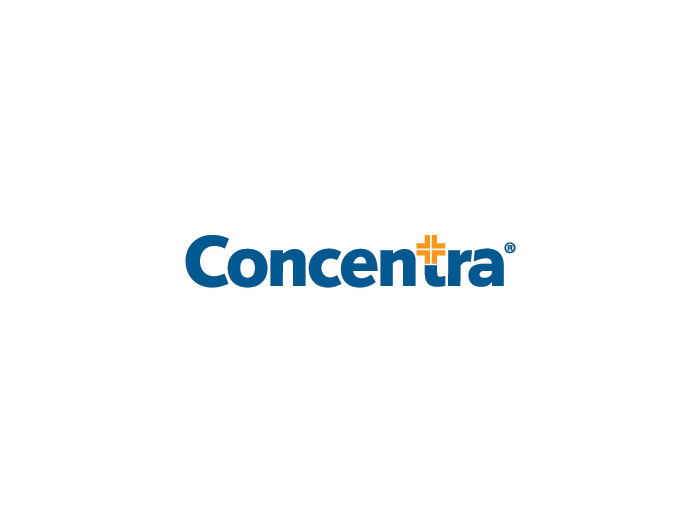Risk Insider: Ernie Feirer
Rocks, Hard Places Meet Automated Loss Runs
In the world of commercial insurance, I often use the phrase ‘Rock, meet hard place.’ This happens most often when describing how time-and labor-intensive manual processes, such as gathering loss runs, place commercial property and casualty carriers in the position of delaying time to quote or moving ahead with incomplete information.
Think about it this way. As a short-order cook, two orders for scrambled eggs come in. The first requires you to go to a farm, chase after chickens and collect three eggs. The second order directs you to the refrigerator. Which order will you fill first?
On average, manual loss runs add 5 to 10 days to a carrier’s time to quote. It’s not uncommon for underwriters to proceed without loss runs for small business policies, when the premiums don’t justify the time and cost involved.
Despite this, loss runs offer a fuller understanding of the risks, so you can either rate these policies differently, require coverage changes, or reject them all together. The results can equate to millions in potential or actual losses from just a small portion of business.
Would you rather evaluate John Contractor who installs residential flooring, or would you rather be the carrier who knows that John Contractor has a worker’s compensation claim and has been installing exterior siding, not just floors? You’d rather have all the information you can.
How do you get out from between the rock and the hard place? Avoid as much manual work as you can and get trusted information quickly with automated loss runs.
Here’s what I’ve found in studying automated loss runs:
Enhance ease of doing business – automated loss runs mean real-time access to loss history that can be accessed from an agent’s desk. No more request-for-loss-run letters, no more follow-up phone calls or scans. In addition to traditional searching by business name and address, automated loss run technology can search by an individual’s name to uncover business owners, claimants and drivers within a commercial fleet. Or, they might conduct a location search for historic claims history specific to the property location on policies requiring property coverage.
Would you rather evaluate John Contractor who installs residential flooring, or would you rather be the carrier who knows that John Contractor has a worker’s compensation claim and has been installing exterior siding, not just floors? You’d rather have all the information you can.
Think about this scenario – a management company seeks a commercial package policy for a strip mall with several retail occupants. The insurer conducts a location-based search to obtain loss histories. While no losses are found on the company, it shows that several of its tenants have reported fire losses due to maintenance issues.
Improve customer service – with automated loss runs, carriers get a complete understanding of their risk exposure and can quote an accurate price from the start. Like above, knowing there have been fire events are hugely beneficial for underwriting. From an agent’s perspective, it provides reassurance that their ability to deliver exceptional and consistent customer service won’t be compromised at point of renewal.
Attract appropriate business – agents prefer easy-to-work-with carriers. Using automated loss runs, carriers can realize efficiencies and attract more business from agents. The complete risk profile afforded by an automated loss run ensures that underwriters fully understand their risk exposure.
One last example, we found in a real world book of business review more than 700 in prior claims totaling $13M in prior losses that were not disclosed to the carrier. Using automated loss runs, the carrier discovered that 38% of those claims were attributable to only 5 policies (equating to less than 1% of the claims).
Which hurt worse in this scenario – the rock or the hard place?










